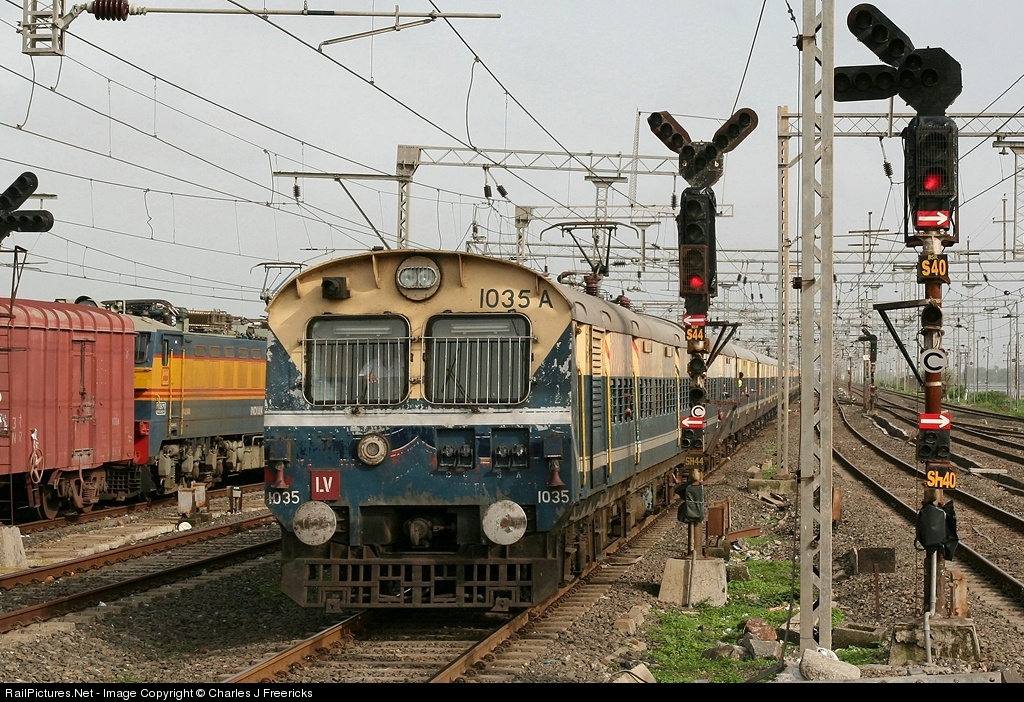GlobalistPotato
Lead Service Attendant
- Joined
- Feb 8, 2011
- Messages
- 344
Okay, so Amtrak's coach seats are probably the most comfortable economy class seats in the US.
But how does Amtrak's coach seats compare to coach seats on trains around the world?
My impression is that Amtrak's seats are actually wider and have more legroom than the ones on other trains.
Prove me if I'm wrong...
Also, I'm talking about "coach" or "economy" class, not Business or First Class.
From the pictures I've seen, the "standard class" seats on the Shinkansen look no bigger than airline coach seats...
For instance, on the 700 series Shinkansen...
E4_std_lower_reserved_Sendai_20020825.jpg
I haven't seen any pictures of the coach class on the TGV, Eurostar, ICE, or other High Speed trains.
But then there's the conventional speed trains...
But how does Amtrak's coach seats compare to coach seats on trains around the world?
My impression is that Amtrak's seats are actually wider and have more legroom than the ones on other trains.
Prove me if I'm wrong...
Also, I'm talking about "coach" or "economy" class, not Business or First Class.
From the pictures I've seen, the "standard class" seats on the Shinkansen look no bigger than airline coach seats...
For instance, on the 700 series Shinkansen...
E4_std_lower_reserved_Sendai_20020825.jpg
I haven't seen any pictures of the coach class on the TGV, Eurostar, ICE, or other High Speed trains.
But then there's the conventional speed trains...






